The DesignLights Consortium (DLC) hosted the 2024 DLC Controls Summit in Milwaukee, Wisconsin, focusing on the integration of networked lighting controls (NLC) with HVAC systems to unlock further energy savings and reduce carbon emissions. The summit brought together manufacturers, lighting experts, and energy efficiency professionals to discuss strategies and resources for advancing NLC-HVAC integration.
The summit addressed the fact that while connected lighting systems have improved, they still constitute a small percentage of energy efficiency portfolios. The DLC aims to provide resources to guide energy efficiency programs in meeting savings targets and customer needs through a new playbook. The playbook will help energy efficiency programs identify how to move to the next level of program offers to see more connected lighting projects.
NLC-HVAC integration presents a cost-effective approach for LED lighting incentive programs to sustain energy savings despite the evolving LED baseline. Connecticut’s tiered incentive program, which supports comprehensive energy retrofits, serves as an example of how NLC-HVAC integration is currently supported. As savings targets increase and NLC-HVAC integration becomes more standardized and affordable, other regions may adopt similar programs.
Key takeaways from the summit included the need for condensed, simple “How-To” guides with real-world examples and references. Attendees noted that implementation challenges outweigh technological hurdles, emphasizing the need to simplify control programs to facilitate wider adoption. Case studies that illustrate successes and communicate standardized goals using quality controls were also deemed essential. Education for trade allies was identified as a significant opportunity to foster understanding and buy-in for controlled lighting.
A panel discussion specifically focused on NLC-HVAC integration and the development of a toolkit to assist energy efficiency program managers in identifying suitable projects for incentives. DLC research indicates that NLC-HVAC integration can save up to five times more energy than NLC alone in large commercial buildings. Discussions revolved around identifying appropriate buildings and improving communication among stakeholders for optimal outcomes. Participants shared a draft decision tree to aid in identifying potential buildings and a responsibility matrix (RACI) to demonstrate stakeholder collaboration in integration projects. The expectation is that energy efficiency programs will shift from standalone LED incentives towards connected lighting and building incentives to meet energy savings goals.
The summit also featured concurrent sessions on applying NLC-HVAC integration in real-world scenarios, horticulture controls, and wasted light at night. The Bluetooth NLC specification was noted to support integration in small buildings, and there was significant interest in midstream programs to simplify the adoption of luminaire level lighting controls (LLLC). In horticulture, LEDs are increasingly prevalent, and advanced lighting controls strategies can yield substantial energy savings beyond LED adoption. Discussions on wasted light at night highlighted the impacts of lighting on birds and the potential of networked lighting controls to mitigate collisions while saving energy.
In closing remarks, DLC emphasized the need to reduce program complications, enhance ease of use, improve education and training, establish a common language, and ensure long-term maintenance of projects. Also noted was that simple, repeatable integration solutions offer the greatest opportunity, and that integration is most effective when implemented from the outset. The need for more system integrators and a straightforward means of locating them was also underscored.
More information is available on the DLC website, here.
Image: DLC







You must be logged in to post a comment.